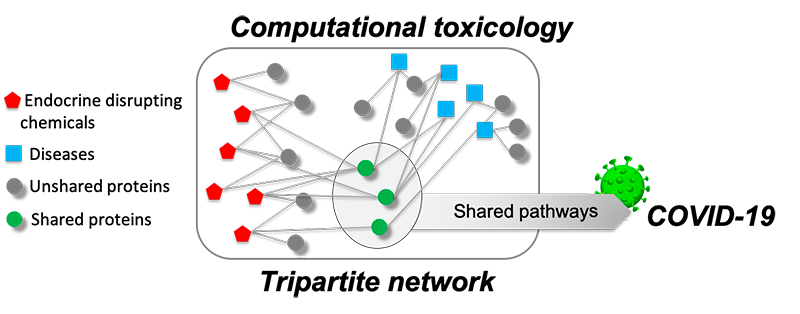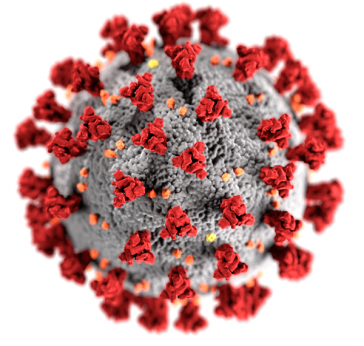
The COVID-19 pandemic has shown that certain populations are at increased risk of severe illness from the infection. These include men and the elderly (populations that tend to have higher PFAS concentrations in their blood), as well as patients with pre-existing conditions such as diabetes and obesity (elevated PFAS exposures are also associated with increased incidence of both of these metabolic diseases). STEEP Co-Director Philippe Grandjean has collaborated with a research group from the University of Paris lead by Dr. Karine Audouze to investigate these linkages from a new angle.

The SysTox/T3S group in Paris is working to identify proteins that two major PFAS chemicals (PFOS and PFOA) along with other known endocrine disruptors interact with in human metabolism. Specifically, their research is focused on identifying the precise metabolic pathways that are known to play a role in the course of COVID-19. Early results from this research indicate several statistically significant pathways that may be dysregulated by EDCs and that may also be involved in COVID-19 severity. In particular, the “Th17” and the “AGE/RAGE” signaling pathways highlight possible links between exposure to environmental chemicals, such as PFOS and PFOA, and disease development.
Although the study does not prove that such interactions take place, the findings support the plausibility that PFAS, along with other endocrine disruptors, may play a role in an aggravated course of the disease. An article summarizing these findings has been submitted for peer review and is available as an unrefereed preprint at: https://www.medrxiv.org/content/10.1101/2020.07.10.20150714v1. The researchers hope that their findings can inspire further studies to explore the possible impact of PFAS on the different outcomes of corona infection.

